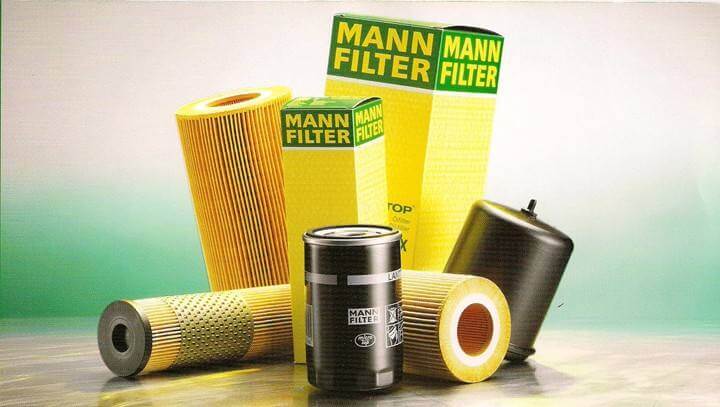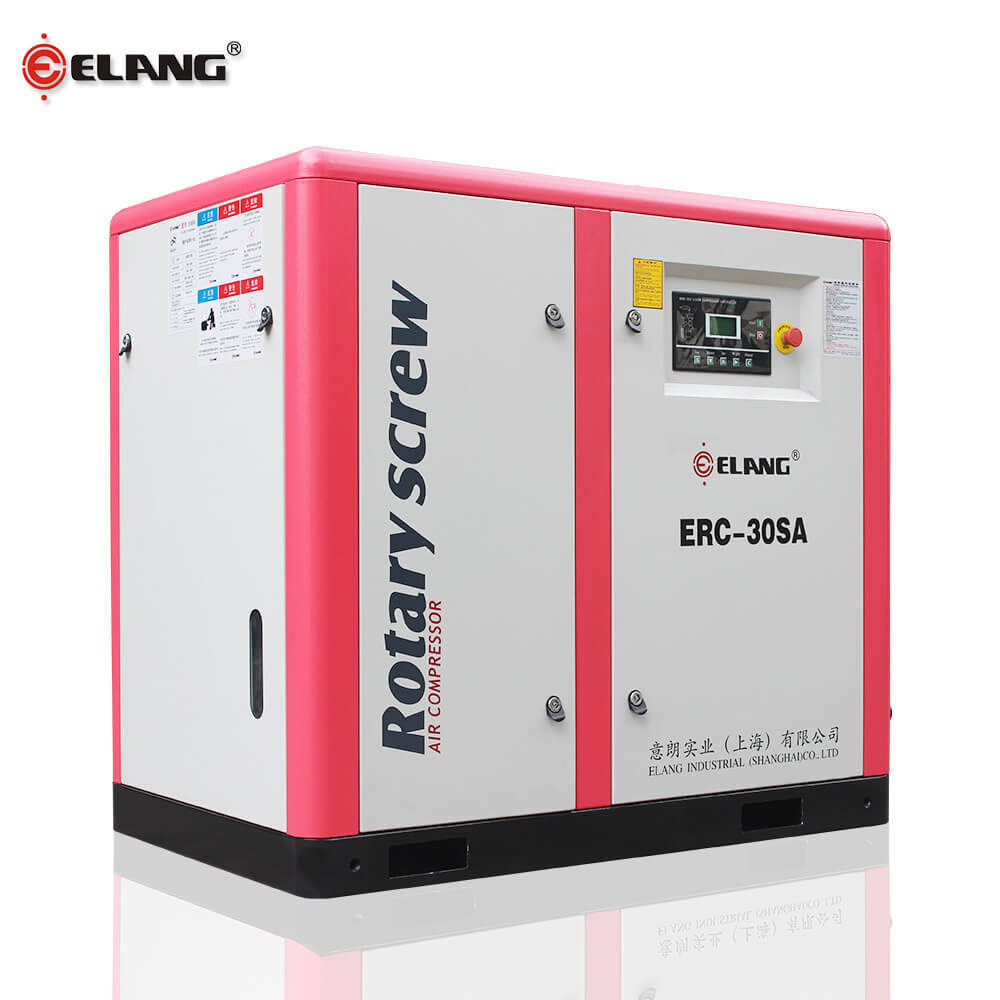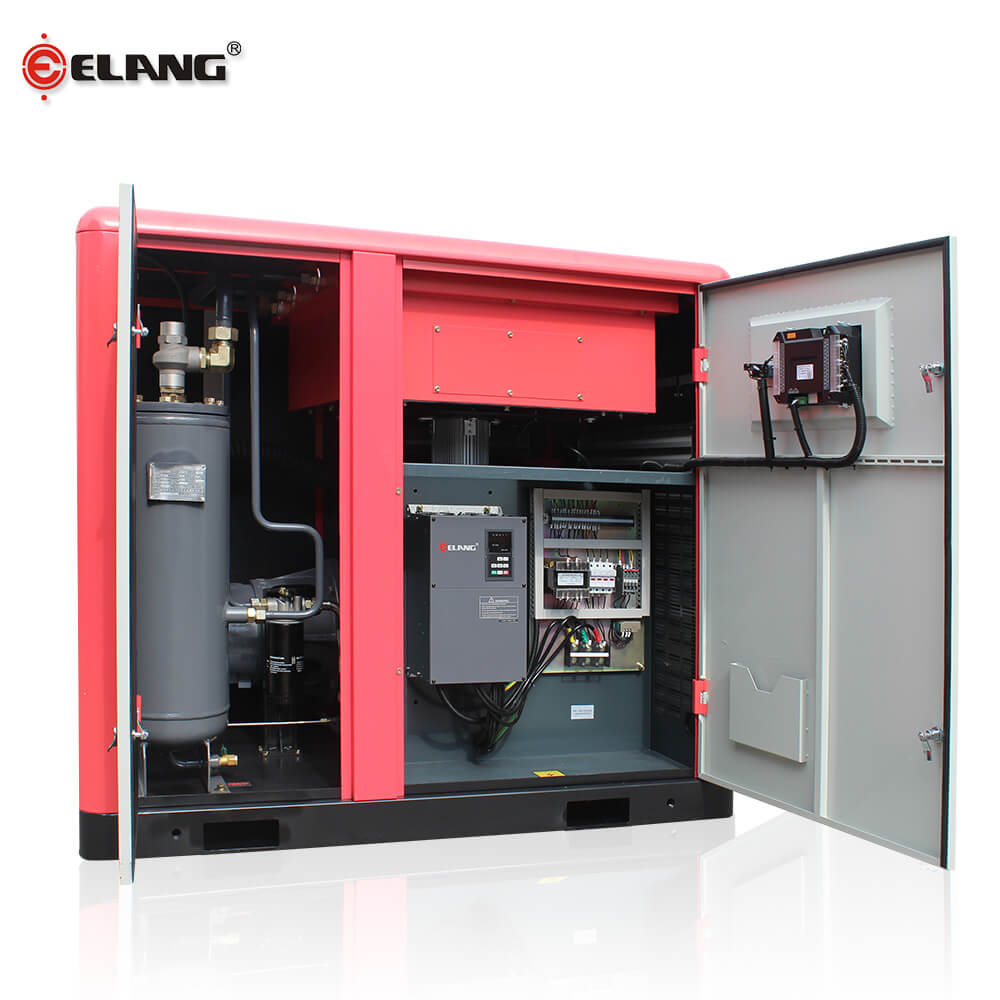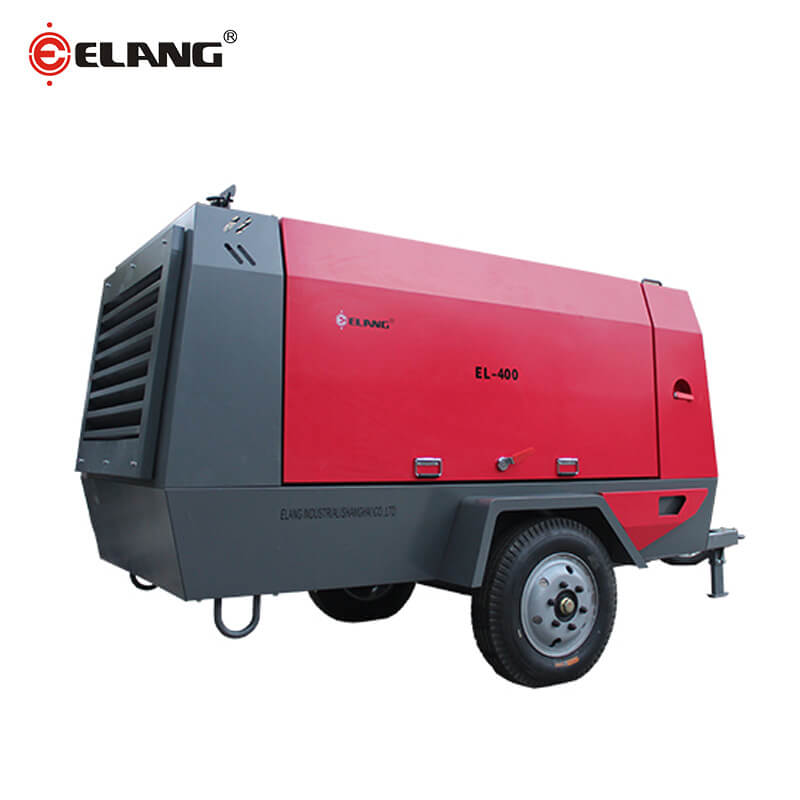-
Working pressure: 7~13bar 100~190psig Air delivery: 2.5~102m3/min 88~3600cfm Working power: 22~560kw 30~750hpdirect driven
-
Working pressure: 7~13bar 100~190psig Air delivery: 0.7~3.8m3/min 25~134cfm Working power: 7.5~22kw 10~30hpcombined
-
Working pressure: 6.5~13bar 95~190psig Air delivery: 0.5~102.0m3/min 17.7~3600cfm Working power: 5.5~560kw 7.5~750hp Frequency range: 40%~100%VSD
-
Working pressure: 6.5~13bar 95~190psig Air delivery: 0.5~102.0m3/min 17.7~3600cfm Working power: 5.5~560kw 7.5~750hp Frequency range: 40%~100%PM
-
Working pressure: 4.0~13bar 58~189psig Air delivery: 9.5~61.9m3/min 335.5~2189cfm Working power: 55~315kw 75~420hptwo-stage
-
Working pressure: 7~35bar 100~508psig Air delivery: 5.0~37.0m3/min 177~1310cfm Working power: 37~447kw 50~600hpportable

Analysis of Gumming and Carbon Deposit in Screw Air Compressor
Sometimes when the machine is operating normally, after one or two days of downtime, it will fail to start, and the host will alarm when the temperature is high or the host is overloaded.
After inspection, it was found that the problem was caused by gelling of the oil circuit of the air compressor.
1.Air filter
The air filter has not been replaced for a long time, or the accuracy of the non-original air filter is insufficient, and the dust particles are sucked into the air to thicken the oil, which increases the time of the oil oxidation reaction, thereby accelerating the formation of carbon deposits or gelling.

2.Oil quality
The original lubricating oil will not cause carbon deposits or gelling during the specified use period. At present, there are many purchasing channels for lubricants, and the quality is inevitably uneven. Some users use alternative oils. Gelation is common.
3.Temperature (ambient temperature and main engine outlet temperature)
Different types of lubricants have different oxidation initiation temperatures. The long-term high-temperature operation of the air compressor will accelerate the oxidation of the lubricating oil. The lubricating oil is likely to form some polymer precipitates, causing the lubricating oil to gel, and the higher the oxygen content, the more intense the oxidation reaction of the lubricating oil and the service life of the lubricating oil It will become shorter and shorter, so it is recommended to control the operating temperature and ambient temperature of the air compressor to operate within the range required by the manufacturer.
4.Moisture effect
Water vapor in the air enters the inside of the compressor and comes into contact with the lubricant, which will cause the lubricant to emulsify. The emulsified lubricating oil is more susceptible to hydrolysis reaction and causes rust inside the air compressor. These rusts will further cause the lubricating oil to form gel.
About Elang:
Product Recommendation:
Company News:
-
Wating to meet you in HANNOVER
Date: Apr 4, 2019
-
Why choose us
Date: Apr 19, 2019
-
Global Recruitment Agency
Date: Jul 19, 2019
-
PTC Asia Invitation
Date: Jul 25, 2019
-
How to Choose the Location of the Air Compressor Room?
Date: Aug 19, 2019
-
How to Arrange an Air Compressor Room?
Date: Sep 4, 2019
-
What are The Precautions for The Connecting Pipe of The Air Compressor?
Date: Sep 16, 2019
-
What are The Requirements for Water-Cooling Air Compressors?
Date: Oct 15, 2019
-
How to Ventilate the Air Compressor Room?
Date: Oct 29, 2019
-
What are The precautions for Installing The Main Circuit Cable of The Air Compressor?
Date: Nov 27, 2019








